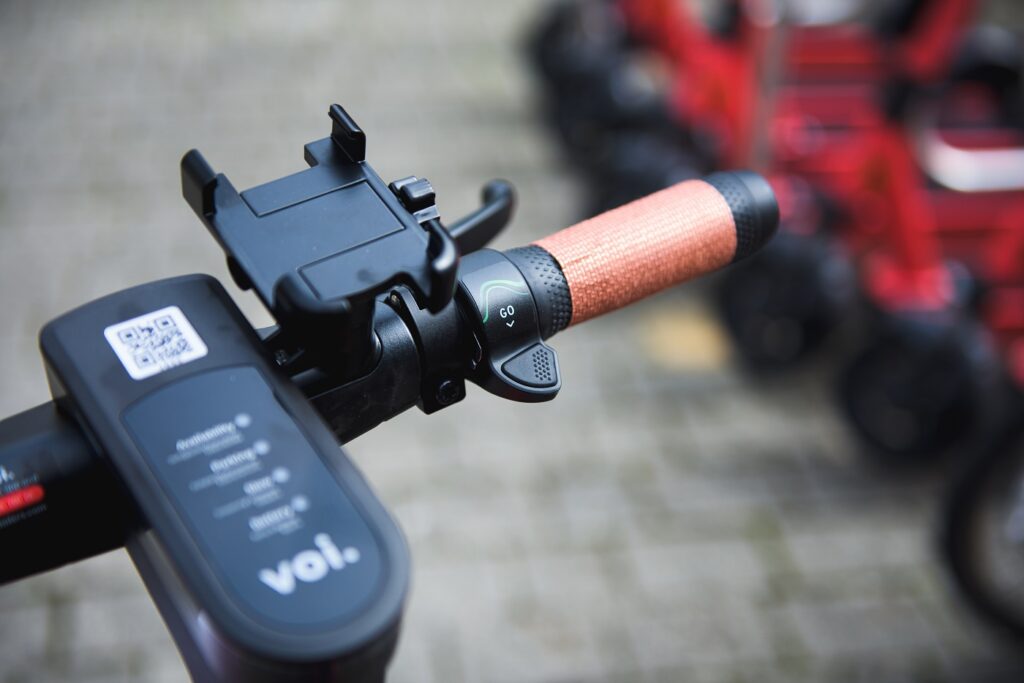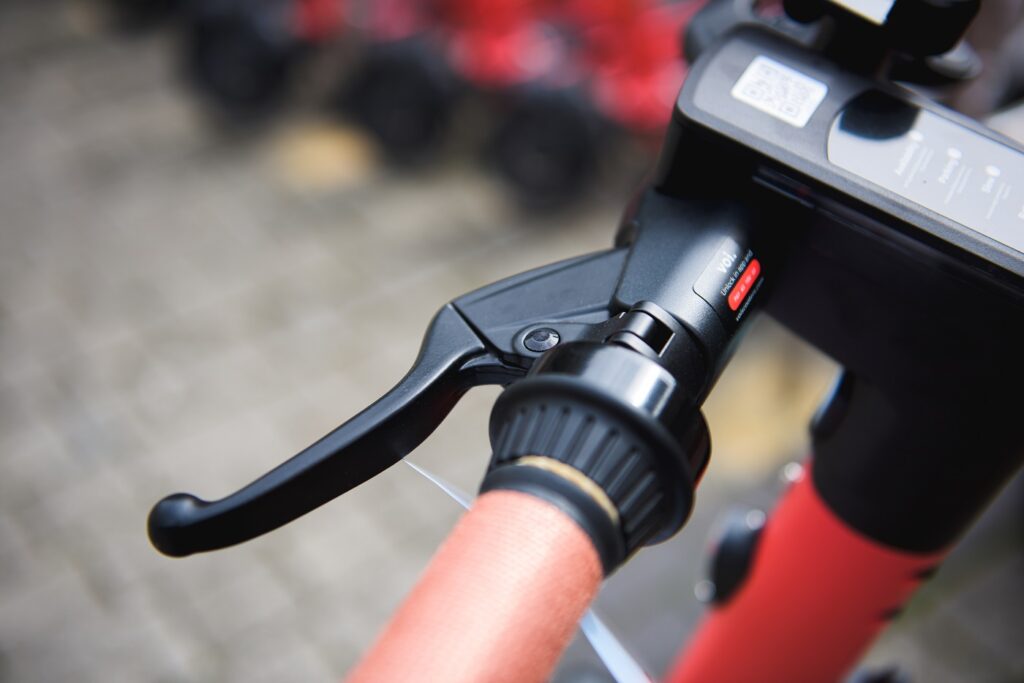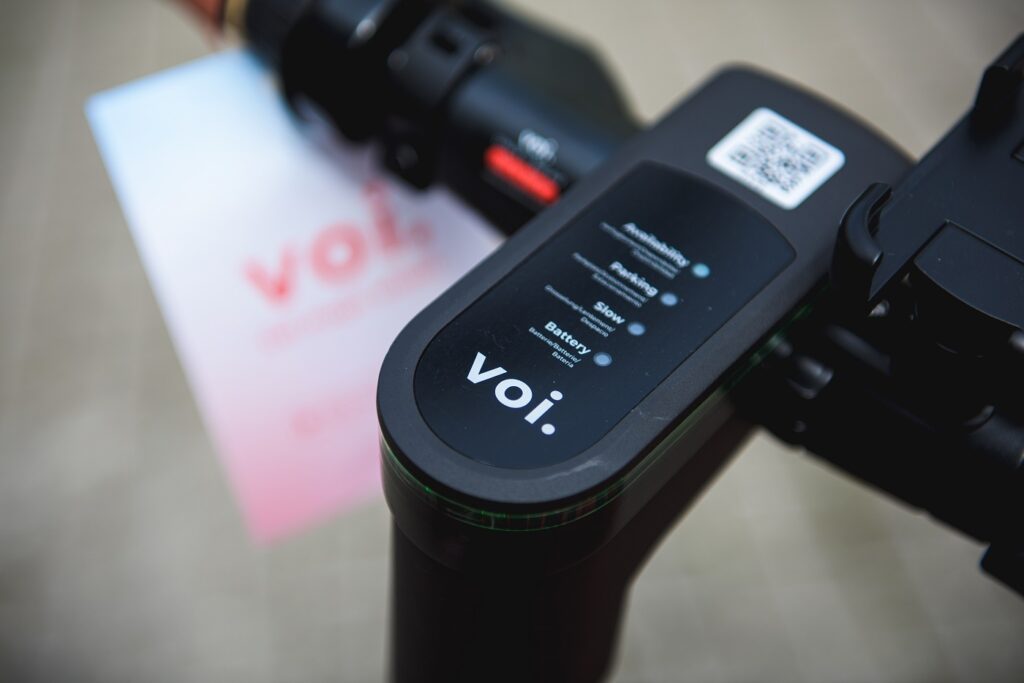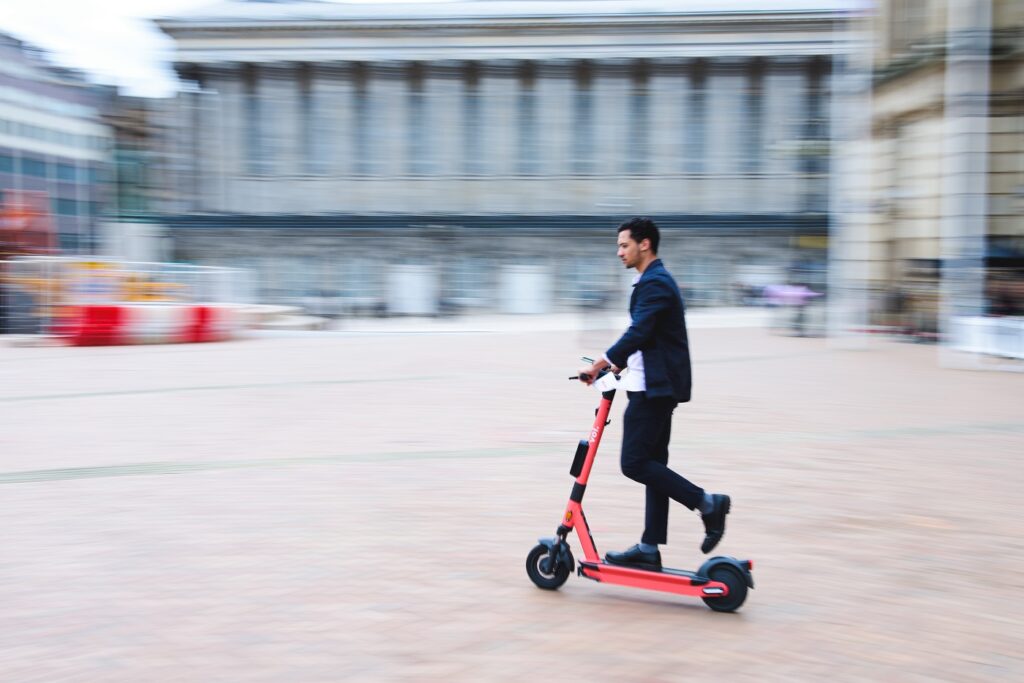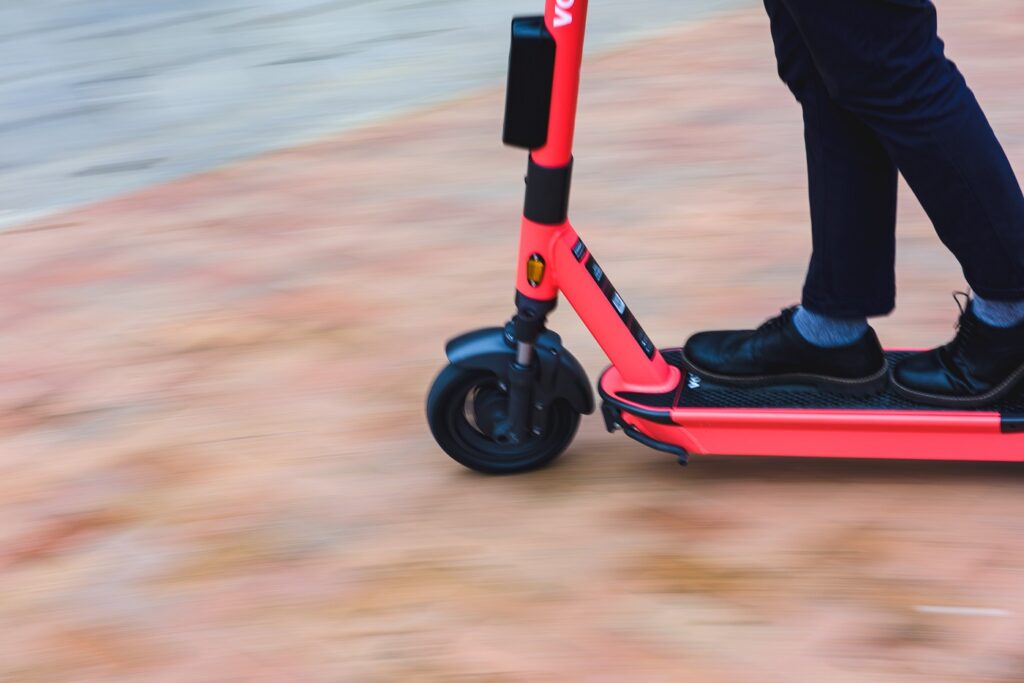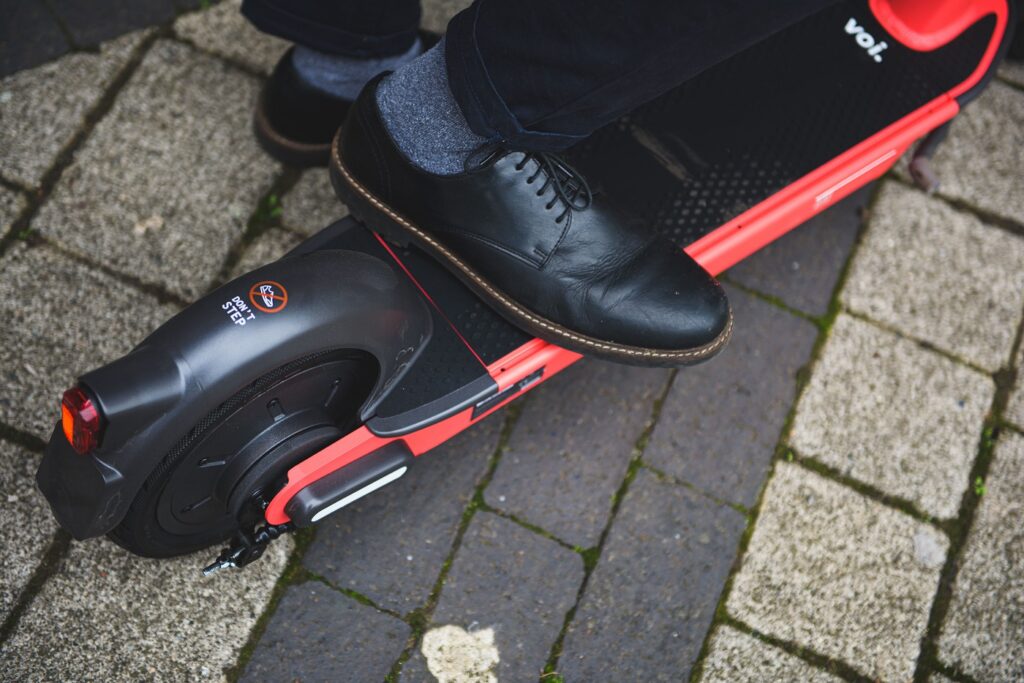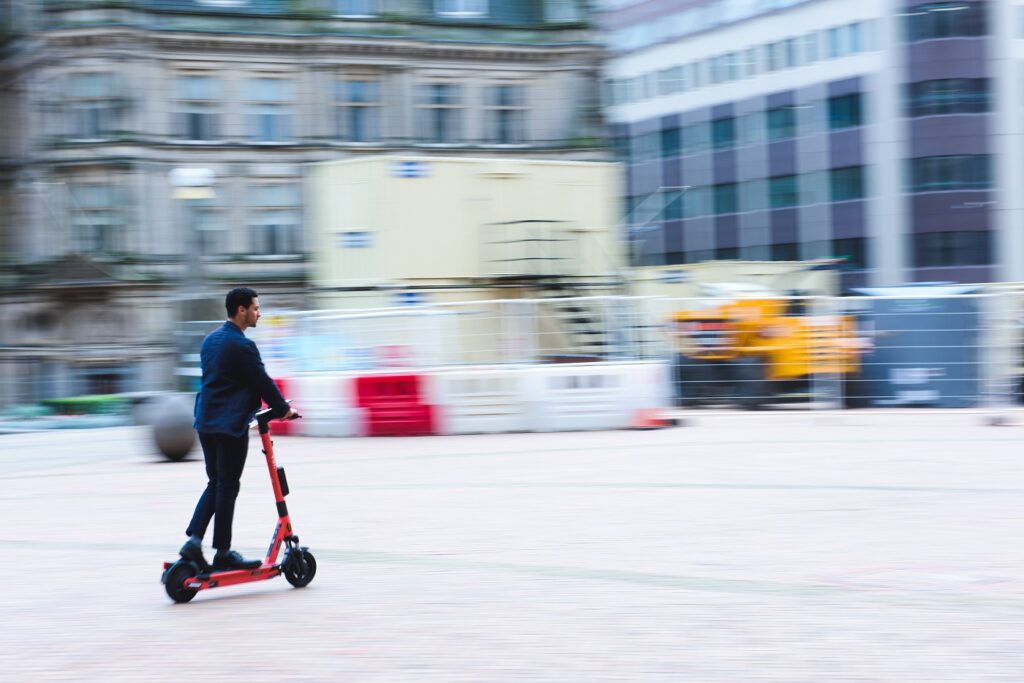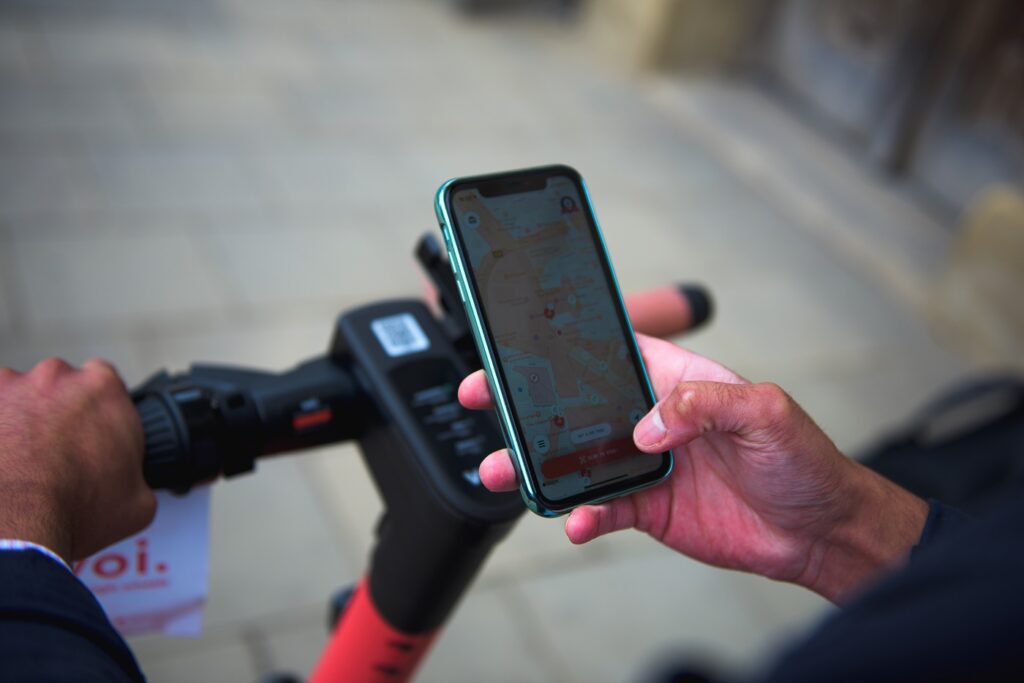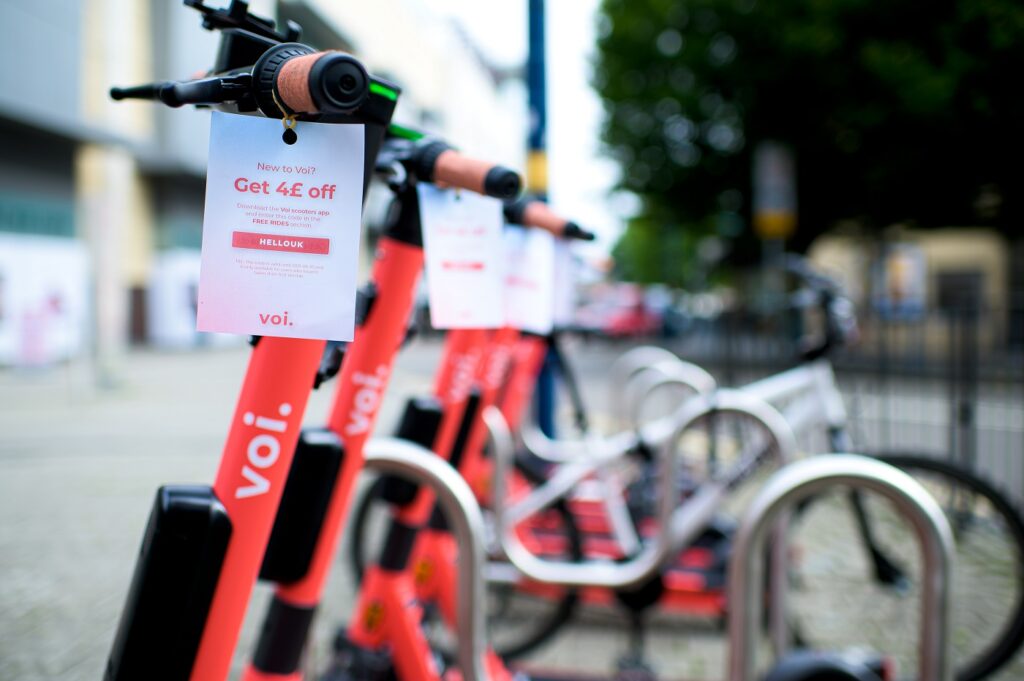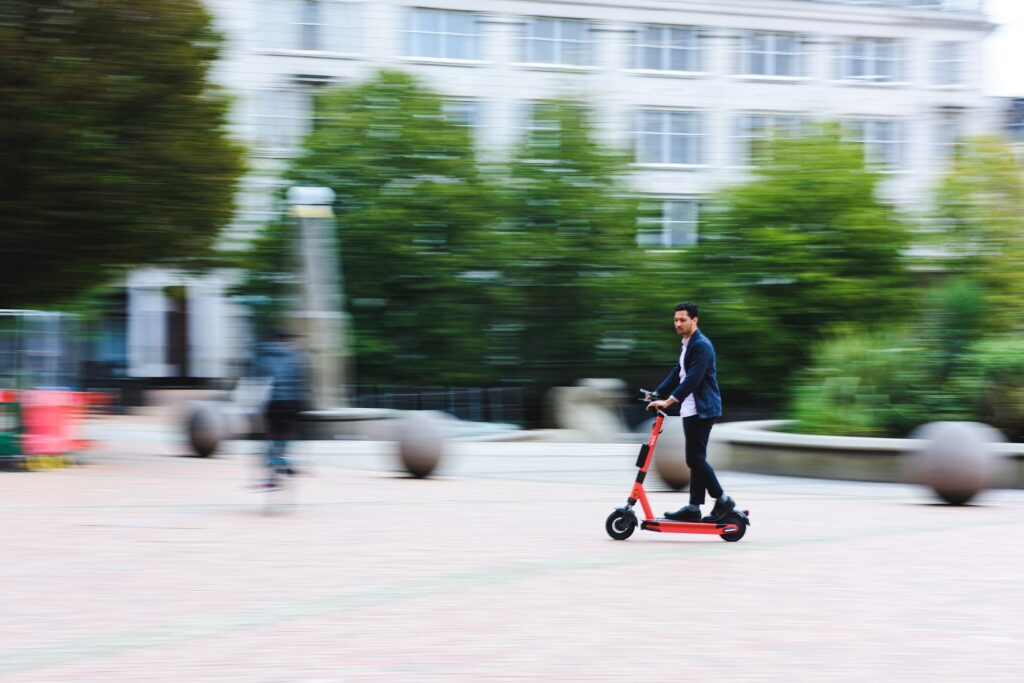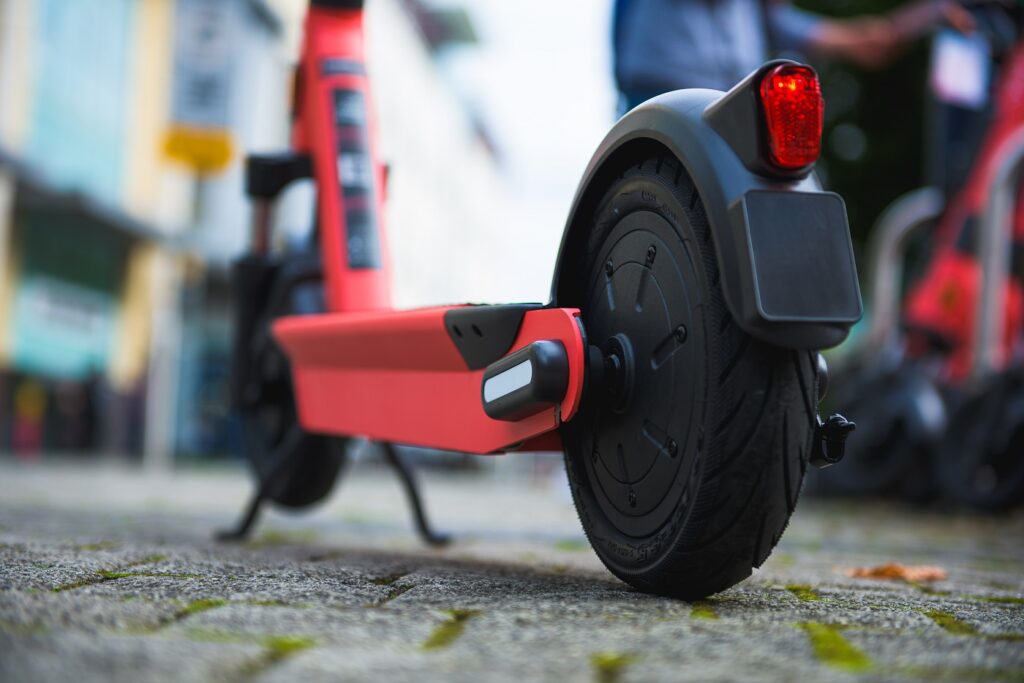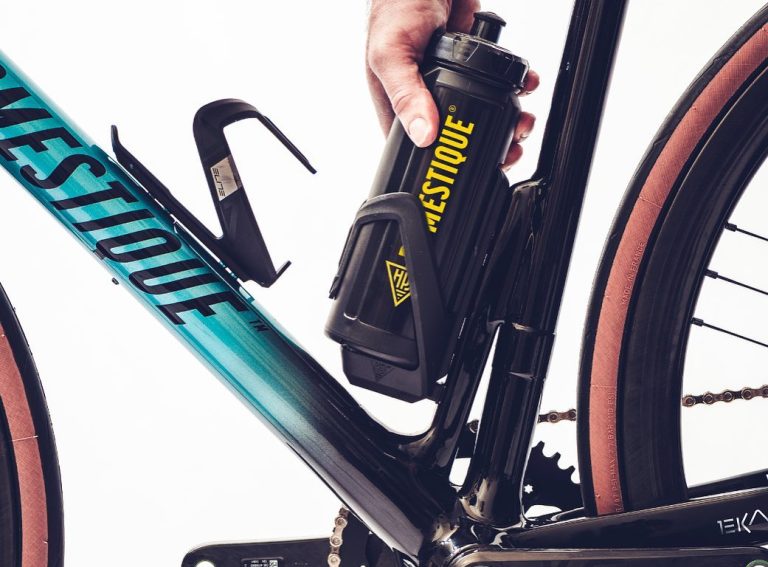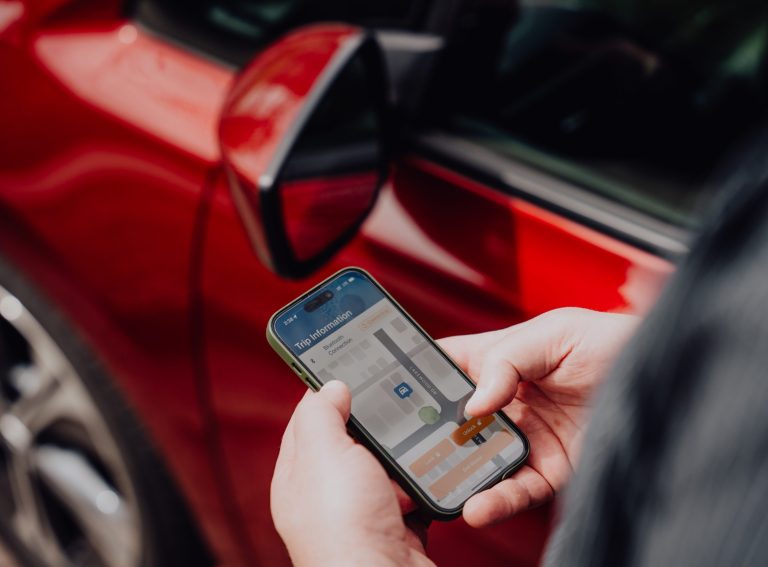The home of the Bullring and Peaky Blinders has now got high-tech electric scooters whizzing around its busy streets. But how does Birmingham’s e-scooter trial, run by Swedish micromobility firm Voi, compare with others we’ve tested around the country?
“Let me get one big gripe out of the way first,” says Nathaniel, our intrepid test rider. We sent him to zoom around the streets of Birmingham on salmon-pink Voi electric scooters, back in the halcyon days before each scooter was wearing a number plate.
“The app,” he continues. “It crashed when I downloaded it. It wouldn’t connect properly to the scooter even though I tried multiple times. And some of the wording is unclear. For example, the app says, ‘Never ride on the pavement or on roads over 30mph.’ Well, that had me wondering how I could get the scooter to exceed 30mph before I realised what it actually meant.”
Nathaniel was slightly mollified by the nifty animation in the app and a useful parking tutorial.
Right, on to the good stuff: the scooter itself.
(And for the eagle-eyed among you, this photoshoot took place mainly in a shared space area where the scooters are permitted to ride. Nathaniel found the aggressive drivers and busy roads surrounding the main pick-up area for scooters pretty unpleasant, despite being an experienced scooter pilot.)
1: Controls
The Voi V3X e-scooter is manufactured by Xiaomi and comes with discreet Segway badges. It features 4G connectivity, front suspension, a dual kickstand and a handy hook on the handlebar stem for bags.
“If you’ve ridden an e-scooter before, you’ll find the accelerator in the usual place, on the right-hand-side,” says Nathaniel. “The bell is on the left. Rather than a trigger-style control, it needs to be physically rotated to sound. There are two brake levels, one on either side of the handlebars.”
The Voi e-scooter features a control panel on top of the stem, with a series of lights that illuminate to indicate availability, parking zones, slow zones and low battery, and a fetching ring light that changes colour to match.
“There’s an on-board phone holder too, but it’s a bit of a faff,” says Nathaniel. “You have to unscrew it to slide the phone in, and then screw it closed again. The phone is held securely, which is a plus, but it’s not a quick process. It’s a much slower than similar gadgets on other scooters I’ve ridden. By the time I’d secured my phone, I could have just walked to where I was going.”
2: Ergonomics
The V3X has swappable batteries stored in the deck, similar to many other shared scooters.
“It’s very comfortable,” says Nathaniel. “In fact, it’s much like the Tier Four. The deck is wide enough to stand on comfortably, even wearing smart shoes. The handlebar height is good.”
3: Ride and handling
“Really good,” notes Nathaniel. “It was brilliantly balanced. I could ride it one-handed and it felt smooth and stable. I could lean into corners like a motorcycle racer and the scooter felt solid. The suspension really helps over rougher terrain and saved my hands from being shaken off my arms over some rough surfaces. Of all the scooters I’ve ridden so far, in the UK and across Europe, this would my choice to commute on.”
4: Battery life
“It was a bit of a stop-start test in Birmingham as we needed to get photos and the roads were very busy,” Nathaniel says. “So we didn’t get a chance to really test the battery range. But for short journeys of a couple of miles, and with Voi’s team swapping batteries regularly, this isn’t an area of concern.”
5: Geofencing
“Laggy.”
Pithy.
“You enter a fast zone and the scooter hasn’t realised,” Nathaniel goes on. “So other riders are shooting past you at speed while you’re crawling. And vice versa: you sometimes punch a long way into slow zones at top speed before the scooter wakes up and realises you should be slowing down.”
Technology does exist which can drastically reduce lag in geofenced areas, and more graduated throttles would make it easier for riders to modulate their speed. Neither of these are common in the industry so it’s perhaps unfair to single out Voi here, but it is clear that improvements do need to be made for geofencing technology to work properly on the go, or alternative arrangements adopted, such as the approach in Norwich.
As the Birmingham system is dockless, geofencing also marshals parking and here it’s more effective. “Parking zones are shown on the map and they’re pretty clear,” says Nathaniel. “You just keep going until the light on the screen is not red and then park.”
6: Safety and comfort
“Pretty much in line with other industry leaders,” says Nathaniel. “Lights front and back and a hefty kick to get going. We do think other operators ought to adopt Tier’s on-board indicators, though, and we also would like to see more lighting on every scooter, for improved visibility.”
7: Value for money
Voi’s fees are pretty standard across the several UK towns in which it is operating, at £1 to unlock and 20p/ride. The micromobility company also offers a £39 option for unlimited rides for a month or a £9.99 option for 24 hours (rides are capped at 45 minutes). There’s also a supermarket-style loyalty scheme, where riders build up points each ride to qualify for discounts.
One last moan from Nathaniel: “My scooter had a ticket hanging on the handlebars with a code to get £4 off the ride. But that part off the app kept freezing so I ended up paying for it myself.”
A mixed bag, then, for Birmingham’s initial e-scooter offering. “A big tick for ride quality but technological gremlins made the experience a bit frustrating,” Nathaniel concludes. “I’m sure Voi can get these ironed out. I hope they do, because it’s clear from the data, and from what I could see around me, that people love using these e-scooters. They could really transform the way residents move around this city and others, bringing massive benefits to air quality and a reduction in road fatalities by getting people out of cars. Good start, Birmingham and Voi, but work to be done.”

